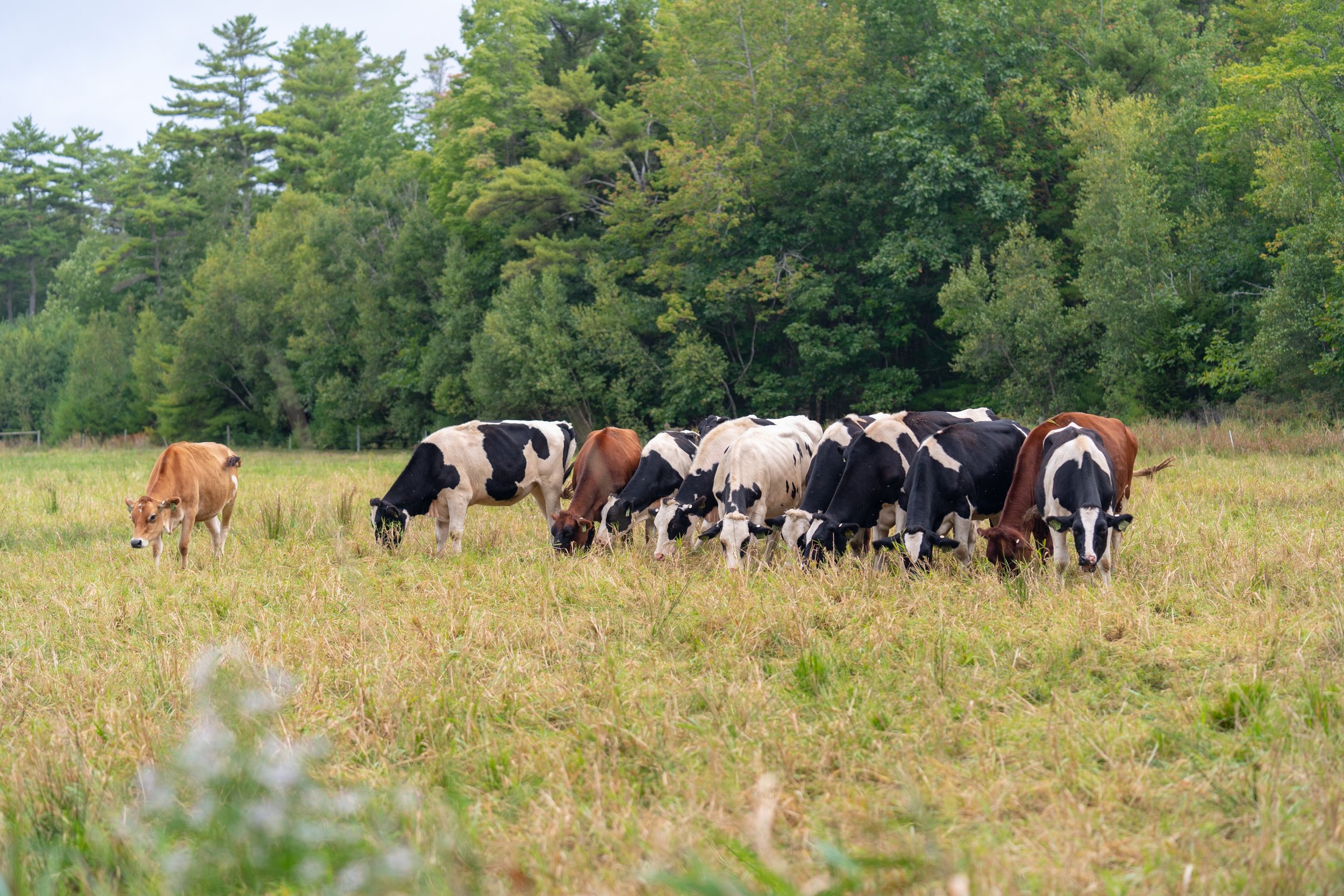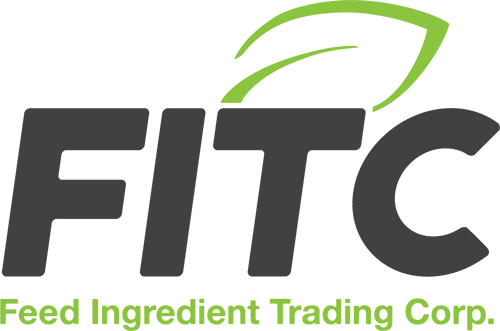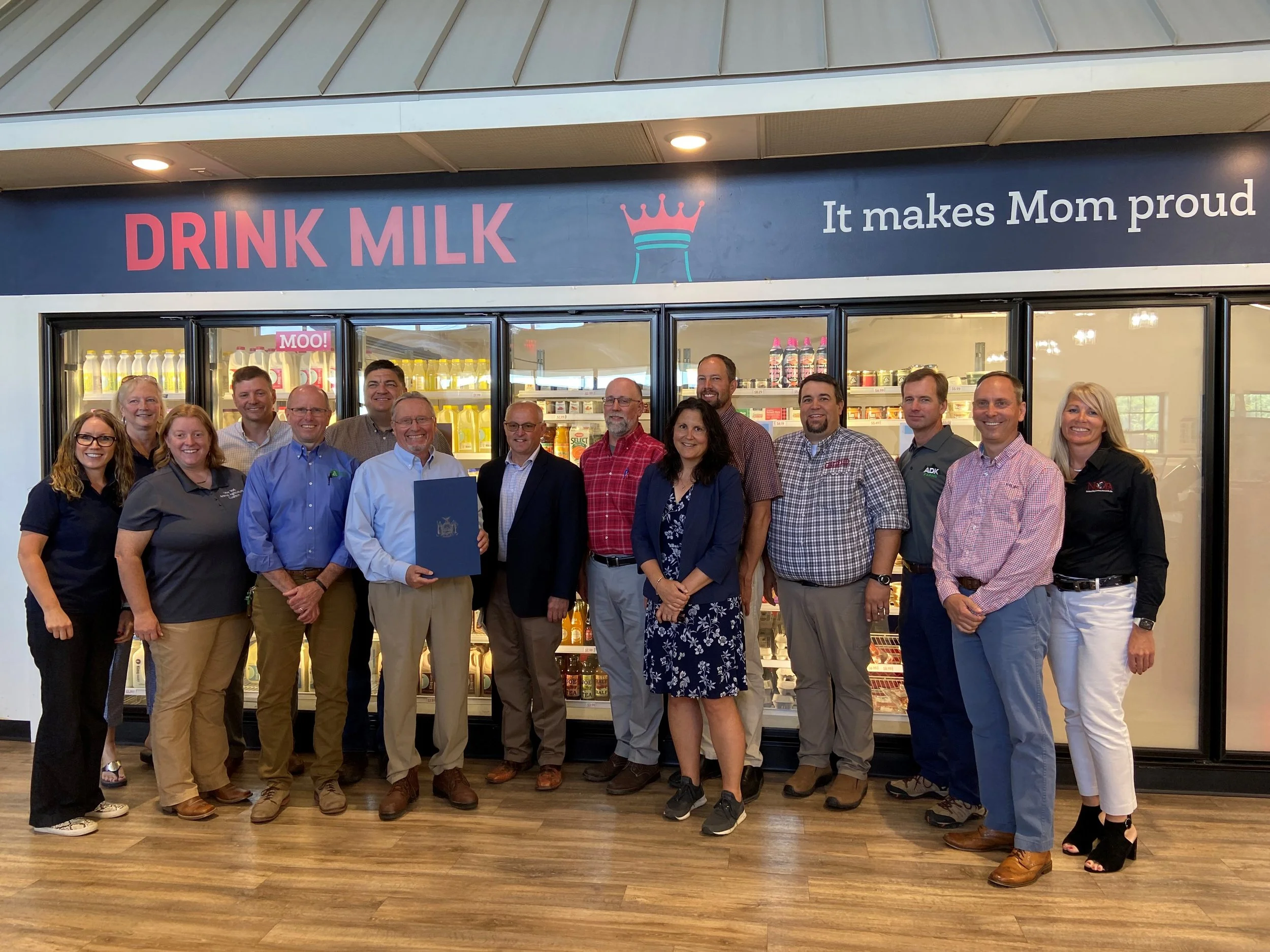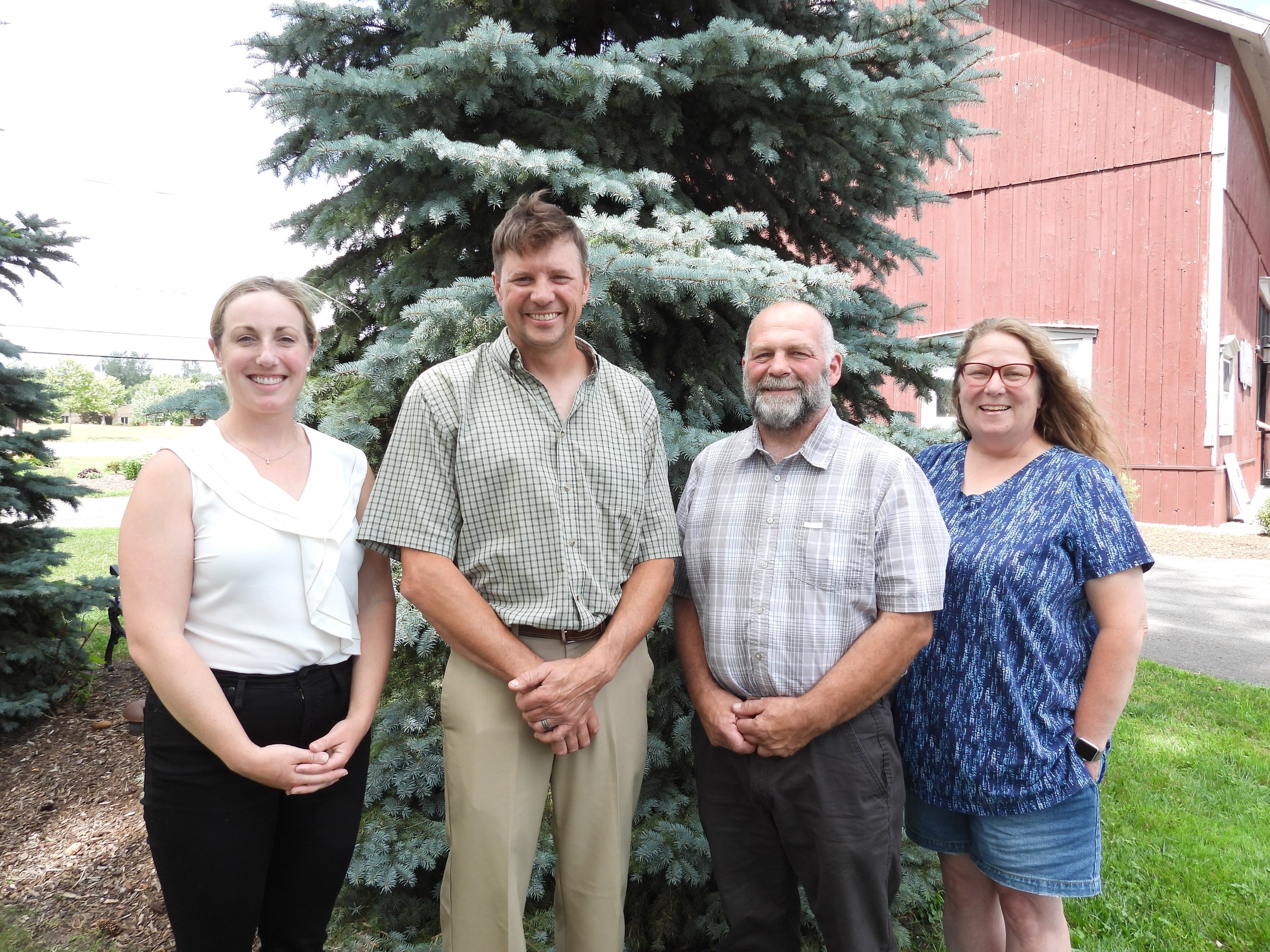By Eric Jenks, Special to NEAFA
This month, NEAFA spoke with Jason Lent, the General Manager for Gold Star Feed and Grain (GSFG). “I’m based out of Strykersville, NY, and have been the General Manager for the past year,” said Lent. “I worked my way into agriculture. I went to school at the University of Cincinnati, where I studied marketing and management, and then received a MBA in finance. My first job after school was doing credit and then accounting for consumer goods at Sara Lee. I then worked for Land O’Lakes (LOL) in Minnesota. I worked on the dairy foods side for five years, and then spent two years in California at their Tulare Processing Plant. It was out there that I got introduced to the parent company for GSFG, J.D. Heiskell and Company, during a joint venture between them and LOL on Golden State Feed and Grain. That’s really what got me interested in the agricultural side of the business. I really enjoyed my time with JDH on that project, but I had to get back to Minnesota, where I spent the next seven years in a variety of roles for LOL. When I decided that I needed a change, JDH was always the first place that I said I would call. I took a roll in Amarillo as the assistant general manager for 3 years, until the opportunity opened up at Gold Star, and I took on my current role.”
The focus at GSFG is on dairy cow feed according to Lent. “We’re 99% dairy cow feed,” said Lent. “We manufacture and deliver to dairy farms from Western NY to Central NY and a little bit in Pennsylvania. We’ve got four locations across Western and Central NY. We have feed mills in Strykersville, Springville, Adams Center, and Sangerfield, NY (including a grain elevator across the street). We have 125 Employees, and as the general manager I’m able to interact with all the people day in and out. I work with all aspects of the business, and the hardworking people we have are a big part of what we do. We’ve doubled in size in the last two years. It’s been a lot of change, and leading through that has been a lot of fun.”
Being new to the Northeast, Lent has just started to get to know NEAFA. “I went to golf for good works this year, and that was my first event with NEAFA,” said Lent. I just moved here a year ago, and now that my family is here, we’re getting entrenched in the culture of the area. We’re looking to get more involved in organizations that do more for agriculture and our community. The support that the organization gives to the industry in the North East is such a huge benefit to the area. Being a part of that is great, and obviously the networking opportunity is fantastic. The events that they host and the opportunity to get to visit with vendors and others across the industry is great.”
Looking forward, Lent is excited for the future of GSFG. “We’re going to continue to look for opportunities to grow,” said Lent. The main office is moving to East Aurora in October, we continue to invest in our feed mills and people, and it feels like the NY Market is setup well for the future. There’s investment going on in milk processing, and that should continue to increase demand. We’re looking forward to continuing to service this market and to grow with it.”
For more on Gold Star Feed and Grain, visit: https://www.goldstarfeed.com/













